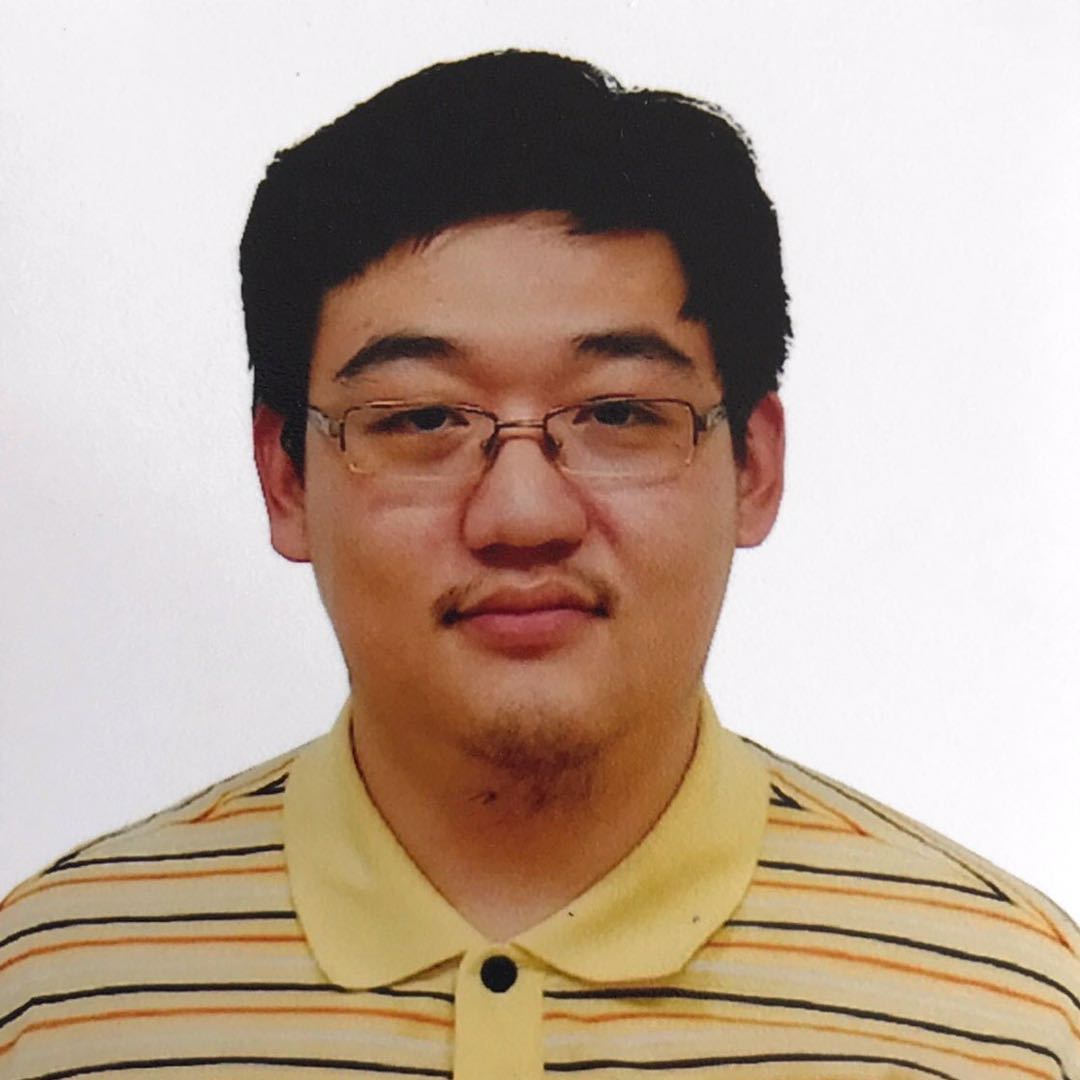Events
DMS Analysis and Stochastic Analysis Seminar (SASA) |
| Time: Jan 24, 2024 (10:00 AM) |
| Location: 328 Parker Hall |
|
Details:
Speaker: Bingyang Hu (Auburn University) Title: On the curved Trilinear Hilbert transform Abstract: The goal of this talk is to discuss the Lp boundedness of the trilinear Hilbert transform along the moment curve. More precisely, we show that the operator is bounded from \(L^{p_1}(\mathbb R) \times L^{p_2}(\mathbb R) \times L^{p_3}(\mathbb R)\) into \(L^r(\mathbb R)\) within the Banach Hölder range \(\frac{1}{p_1}+\frac{1}{p_2}+\frac{1}{p_3}=\frac{1}{r}\) with \(1<p_1, p_3<\infty\), \(1<p_2 \le \infty\) and \(1 \le r <\infty\). 1). a sparse-uniform decomposition of the input functions adapted to an appropriate time-frequency foliation of the phase-space; 2). a structural analysis of suitable maximal "joint Fourier coefficients"; 3). a level set analysis with respect to the time-frequency correlation set.
This is a joint work with my postdoc advisor Victor Lie from Purdue. Host: Yuming Paul Zhang
|

